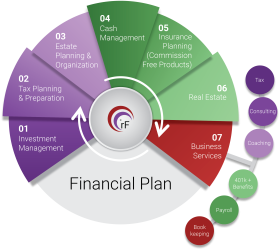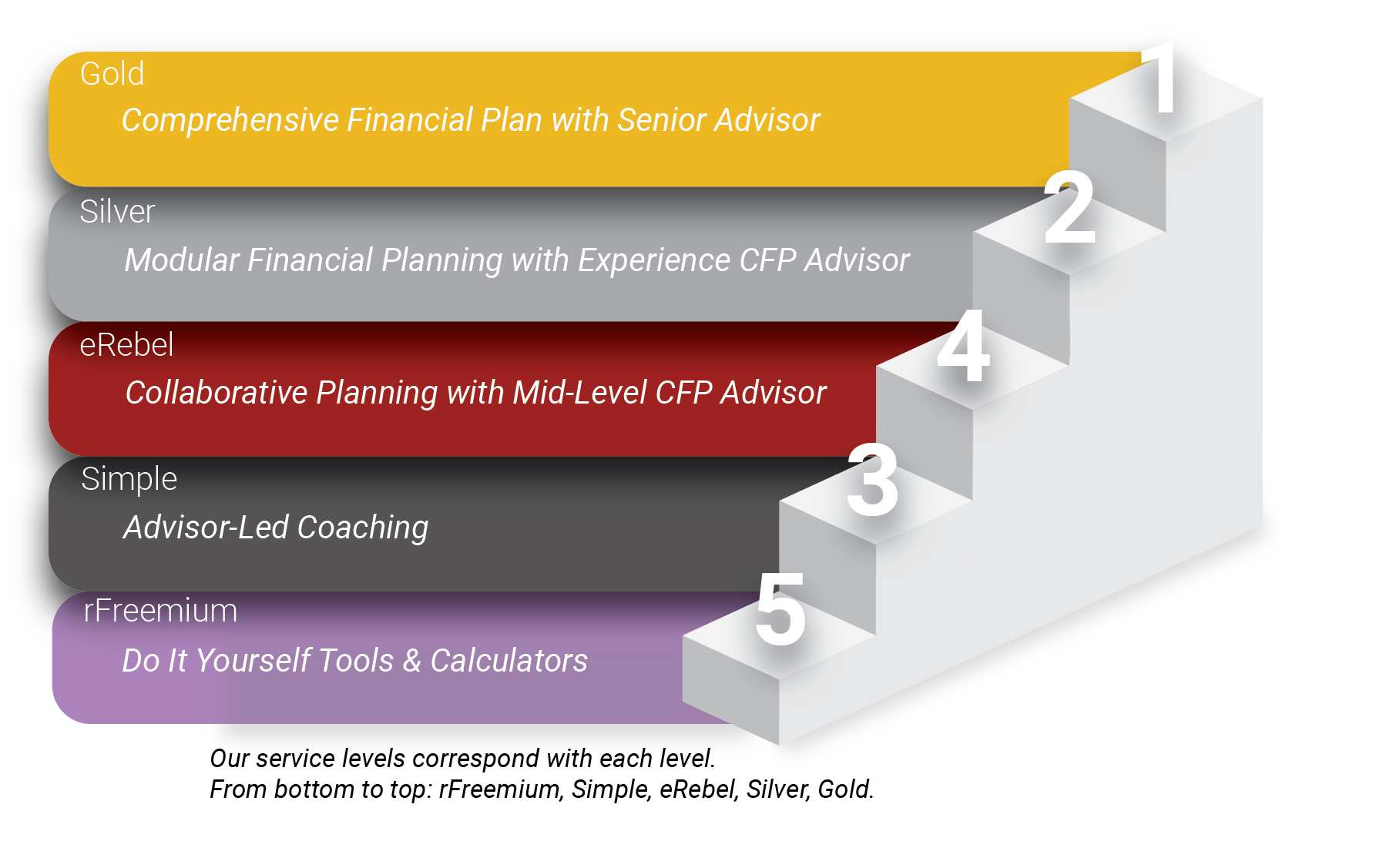
What is a Special Needs Financial Plan?
According to the American College of Financial Services, 90% of special needs disability caregivers and family members admit that retirement planning for the parents is less of a priority than the financial plan of the child with a disability. What is a Special Needs Plan? Simply put, the special needs













